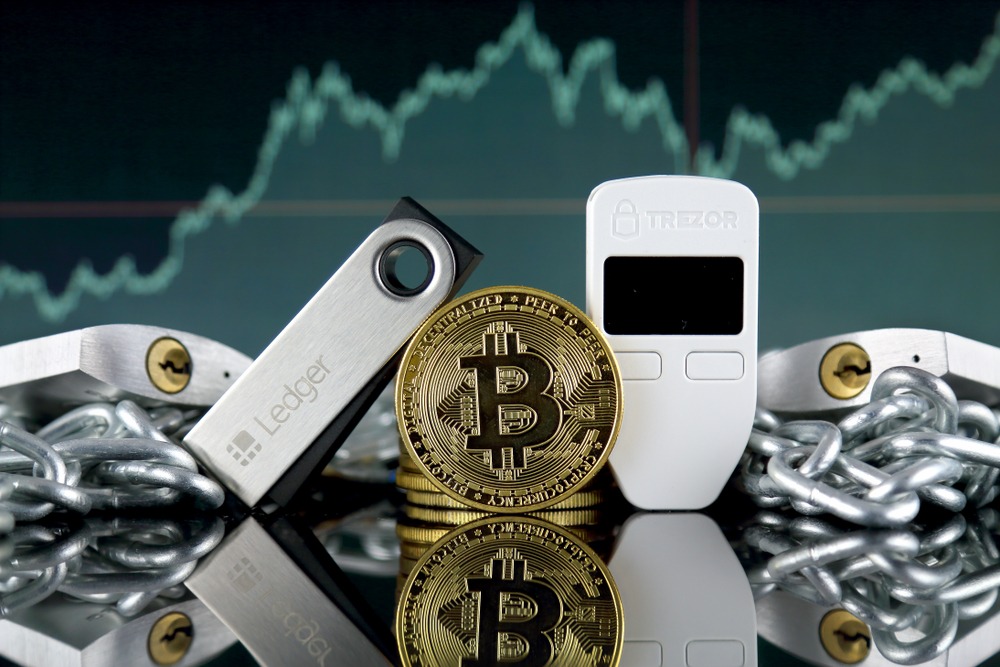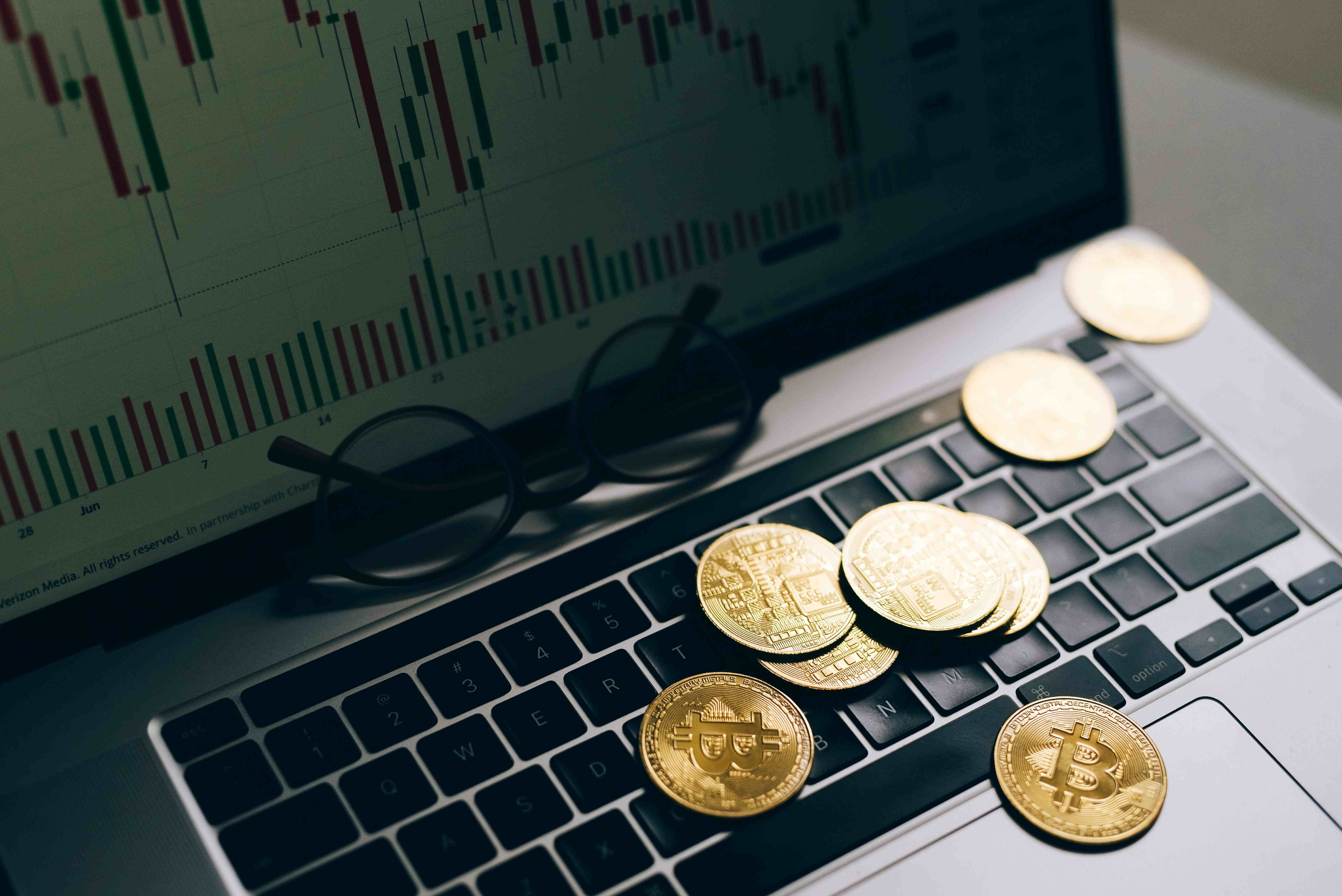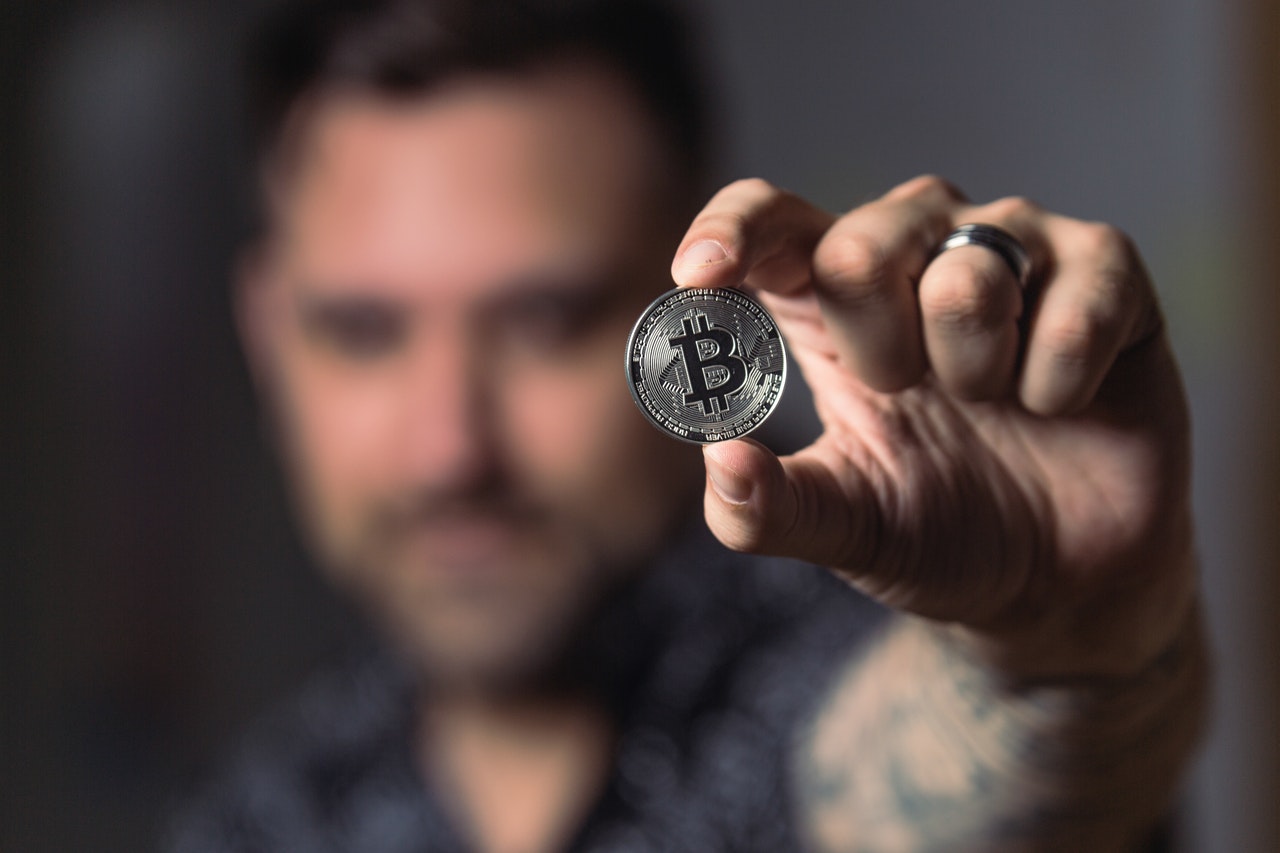While known primarily for its role in cryptocurrency, blockchain technology has plenty of other uses. The technology, which gained attention for its capability to facilitate the process of maintaining a secure and decentralized record of transactions, is also emerging as a powerful tool for promoting sustainability in e-commerce. This is because blockchain technology can also contribute to addressing many of the environmental and ethical challenges faced by online businesses.
By leveraging blockchain, entrepreneurs can enhance their operations, improve supply chain transparency, and foster more sustainable practices. Here’s a closer look at how it does all these and more.

Enhancing Supply Chain Transparency
One of the most significant ways blockchain supports sustainable e-commerce is through improved supply chain transparency. Traditional supply chains often lack visibility, making it difficult to track the origin of products and verify sustainable practices. Blockchain helps solve this by enabling the creation of immutable records that document every step of a product’s journey, from raw material sourcing to final delivery. This level of transparency allows businesses and consumers to verify whether or not a product or brand was really able to make use of environmentally friendly production methods.
Supporting Ethical Sourcing and Fair Trade
On a related note, blockchain technology facilitates ethical sourcing and fair trade practices by providing verifiable proof of a product’s origins and supply chain journey. Businesses can ensure that suppliers adhere to ethical labor standards and environmentally friendly practices. For example, coffee retailers can trace beans from farm to cup, confirming fair wages for farmers and sustainable farming methods.
Reducing Fraud and Ensuring Authenticity
Letting tech-savvy consumers partake in cryptocurrency exchanges or use a Monero wallet to complete transactions privately and securely are just among many of the practical applications of blockchain. The technology’s ability to create tamper-proof records can also help reduce fraud and ensure the authenticity of products.
In industries like fashion, luxury goods, and organic food, counterfeit products not only undermine brand integrity but also contribute to unsustainable practices. By using blockchain to verify product authenticity, businesses can protect their brand reputation while promoting sustainable consumption. This ensures consumers that they are purchasing genuine, ethically produced items.
Enabling Efficient Resource Management
Blockchain can also optimize resource management by streamlining logistics and reducing waste. Smart contracts, which are self-executing agreements with terms directly written into code, can be used to automate transactions and ensure efficient operations. This automation reduces the need for intermediaries and helps minimize paperwork while lowering the level of energy consumption associated with traditional processes. Additionally, real-time data tracking helps businesses manage inventory more effectively and keep overproduction and waste down.
Promoting Circular Economy Initiatives
The circular economy model, in essence, focuses on reducing waste and making the most of resources. Blockchain supports this model by enabling the tracking of products throughout their lifecycle. The technology makes it possible for companies to monitor how products are used, returned, recycled, or repurposed.
This, in turn, provides them with the data they need to design and implement steps that effectively lead to sustainable consumption and waste reduction. This data-driven approach helps businesses design products with longer lifespans and more efficient recycling processes, which allows them to contribute more significantly to achieving environmental sustainability.
Encouraging Carbon Footprint Reduction
Businesses can use blockchain-based platforms to monitor their carbon output across various operations. This is because blockchain can be used to provide accurate data for tracking and managing emissions, from manufacturing to delivery. The level of transparency that a business can attain by using blockchain can help them identify areas for improvement, implement eco-friendly practices, and verify carbon offset initiatives. Some blockchain systems even enable carbon credits to be traded securely, thus encouraging more businesses to increase their participation in sustainability programs.
Enhancing Consumer Trust and Engagement
Sustainability is increasingly important to consumers, and blockchain’s transparency can help businesses gain the trust of their respective target market. When businesses openly share verified information about their products’ environmental impact, sourcing, and production practices, it resonates with eco-conscious customers.
Practicing transparency in this manner builds brand loyalty and encourages consumers to make informed, sustainable purchasing decisions. Furthermore, engaging with consumers who are actively contributing to sustainability efforts through blockchain empowers businesses everywhere to create a community of environmentally aware advocates.
Facilitating Sustainable Financial Practices
Blockchain supports sustainable financial practices through decentralized finance (DeFi) solutions that reduce reliance on traditional banking systems. The use of these DeFi platforms can lead to lower transaction costs as well as improve financial inclusion. This, in turn, can have a ripple effect in supporting green investment initiatives. Additionally, blockchain-based crowdfunding can make it possible for entrepreneurs to raise funds for eco-friendly projects by connecting them with investors who prioritize sustainability.
Improving Energy Efficiency in Operations
While blockchain technology, particularly in cryptocurrency mining, has faced criticism for high energy consumption, new innovations are addressing these concerns. Energy-efficient consensus mechanisms, such as Proof of Stake (PoS), significantly reduce the environmental impact compared to traditional Proof of Work (PoW) systems. E-commerce businesses adopting blockchain can now choose platforms that prioritize energy efficiency and gain greater motivation to remain aligned with their sustainability goals.
Blockchain technology is revolutionizing sustainable practices in e-commerce by enhancing transparency, efficiency, and ethical accountability. By leveraging blockchain, entrepreneurs can create more sustainable, trustworthy, and eco-friendly businesses, effectively positioning their businesses as leaders in the evolving landscape of responsible commerce.







